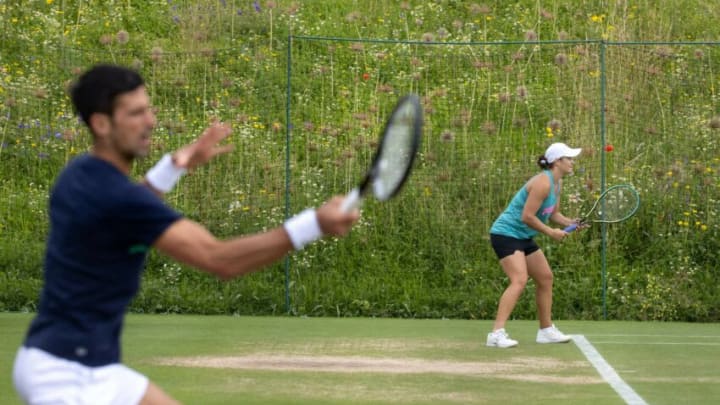In June of 2017, there was something to be optimistic about regarding tennis. It was announced that a new grass-court tennis tournament would be added to the tennis schedule. There were glimmers of hope when Turkey decided to hold a grass tournament , labelled the Antalya Open. Then during the pandemic, Spain followed suit and upgraded the Marbella 125 (point) challenger, and gave it 250 status.
However, there can be no way to obfuscate the truth: with every passing year , a new hardcourt or clay tennis tournament seems to be added as a replacement to a previously held tournament. After 3 years, the Antalya Open was converted to a hard court. If your look back all the way to the 1990s (even up to the late 2000s), there were a milieu of tournaments that are now defunct. Whether it is Chennai in India, or the Thailand Open, with every waking moment, tournaments are becoming, oddly enough, moving more and more centralised to Europe.
Hell, even in Oceania, the Auckland 250 WTA tournament, which traditionally commenced after New Years Eve, is in danger. The tournament has not been held in New Zealand for over 2 years (or basically ever since the pandemic began). But even with the centralisation of tennis tournaments in areas where players often live, train and can readily travel to, the question of grass court tennis baffles me entirely. There is no excuse to have hard and clay court tournaments before, during and after majors, yet grass tennis is squeezed into the schedule between mid- June to early July.
If it is an issue with maintenance of grass courts, surely challenger level tournaments, like Surbiton, could be upgraded to a 250 level event. However, this excuse doesn’t hold. There are synthetic grass tennis courts in virtually every community of Australia, which are used all year long.
At the very minimum, a third of all tournaments on the tennis calendar should be played on grass. That is approximately 20 grass level tournaments. If there are 21 men’s clay court tournaments on the schedule, alongside 43 hard court tournaments, there is no excuse for 8 grass tournaments, one of which being Wimbledon.
Of the nine masters 1000 events that are on tour, zero are played on grass, while six are played on hard courts, and three are played on clay courts. This is not the language of a sport which views Wimbledon as ‘the pinnacle’ of tennis.
How can it be?
The very surface it is played on is no longer being used as a surface to play professional tennis.
I truly wonder what the next generation of tennis stars would be thinking in terms of their practice. Why would you bother to hone your grass game, when the biggest tournaments the sport has to offer are played on hard courts and clay courts? Is this one of the reasons why nobody, besides former world number 1’s , have won Wimbledon over the past 19 years?
Grass-court tennis is dying a slow and painful death. If nothing is done about this very clear problem, grass court tennis is finished as we know it.
